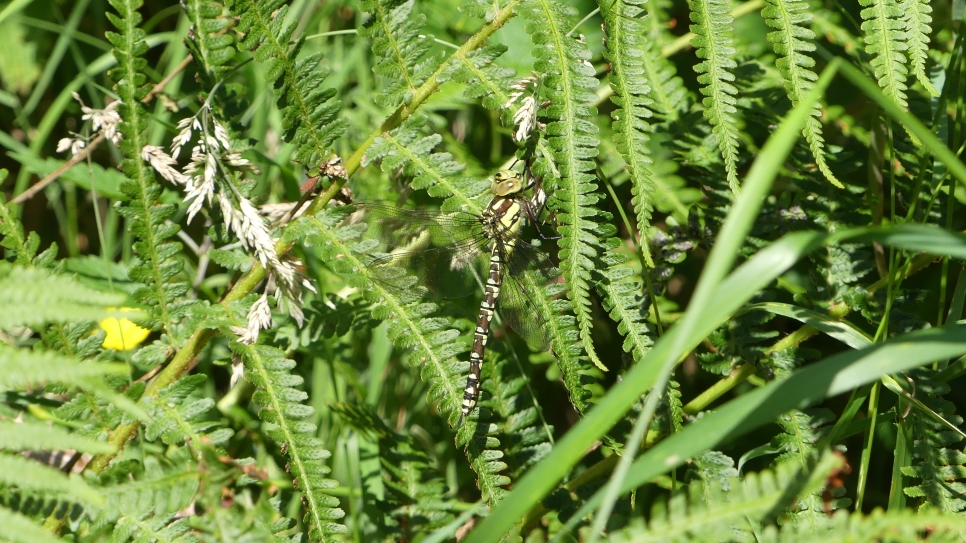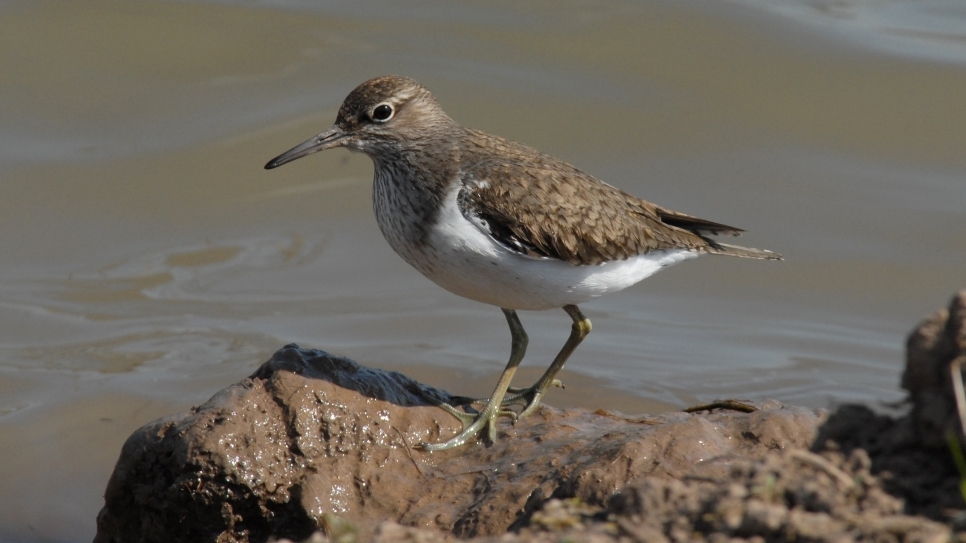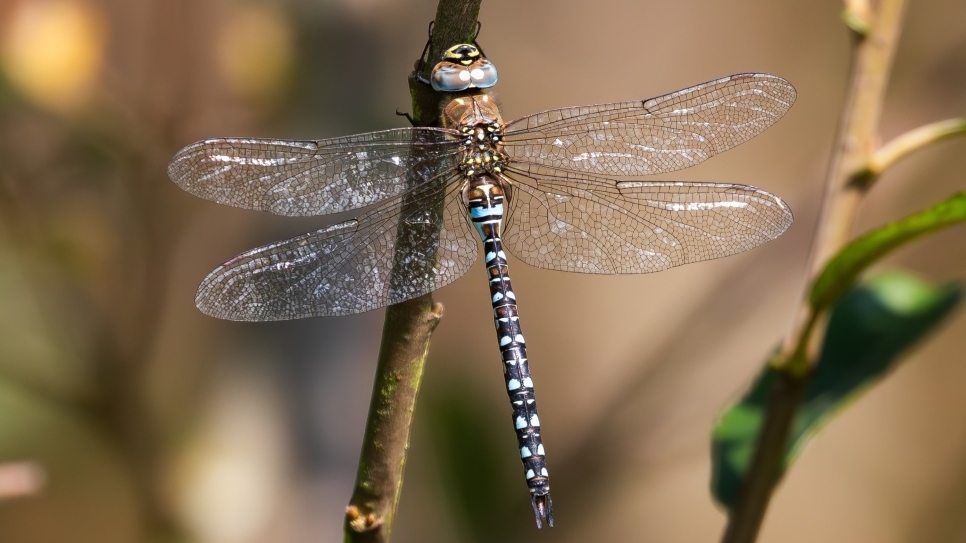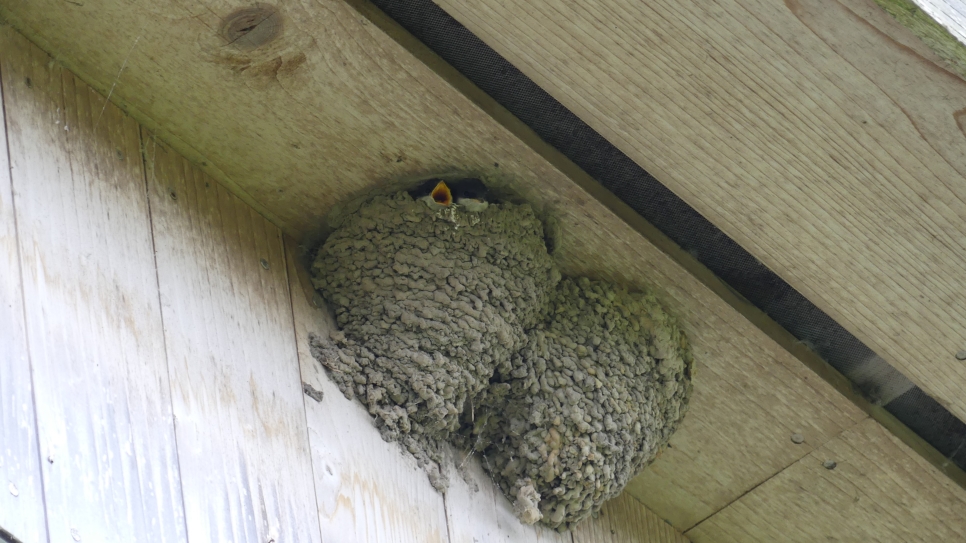The Orange-tip and the Lady's Smock
One of the first butterflies to herald spring is the Orange-tip butterfly. Their story is intertwined with that of the Ladies Smock or Cuckoo flower...
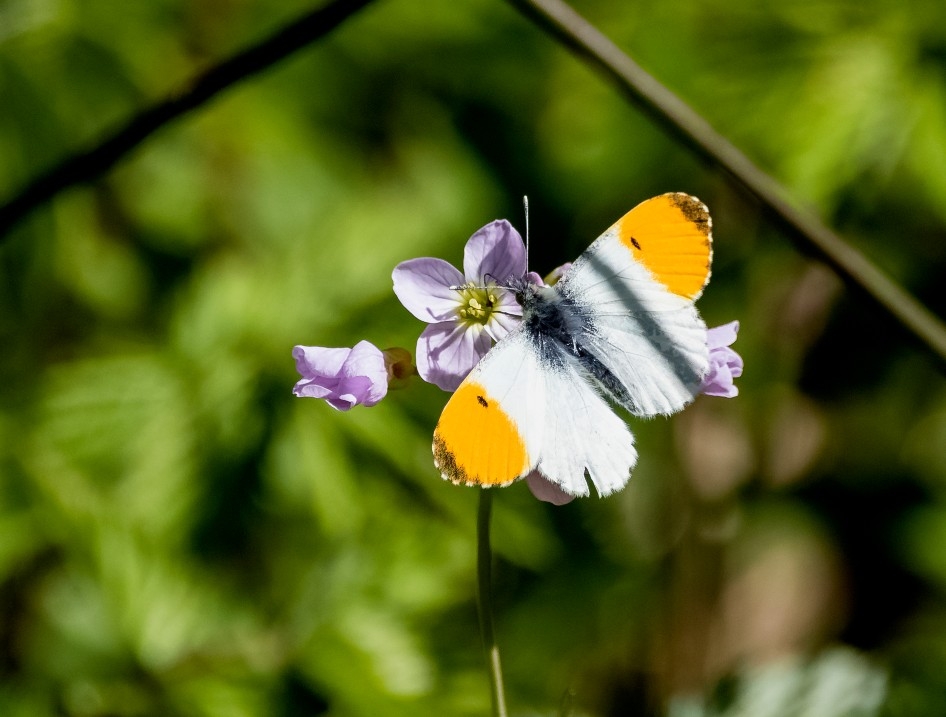
One of the first butterflies to herald spring is the Orange-tip butterfly. A small butterfly, the male is white with orange tips on the upperside of his wings. The female is completely white but does have a black spot on the wing which distinguishes it from other white butterflies. The orange-tip on the males warns off predators and the lack of this colour on the females mean they are more secretive. Both of them have stunning underwings however, with beautiful green mottling, which is fantastic camouflage against the undergrowth.
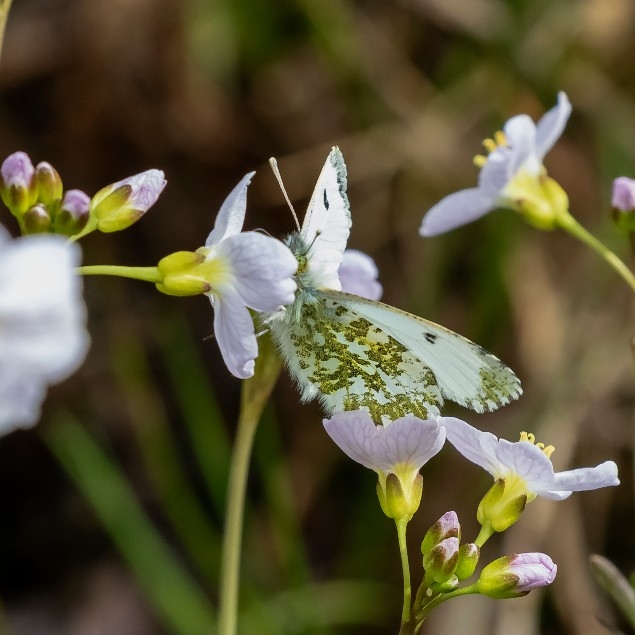
Female orange-tip butterfly on Lady's smock. Photo credit: Alex Hillier
Their story is intertwined with that of the Lady's Smock or Cuckoo flower. This spring flower is essential to the lifecycle of the orange tip butterfly. It grows in damp areas of wet grassland, around ponds and flushes and provides a flash of colour to the early spring vegetation. Its lower rosette leaves are rounded but the leaves on the upper stem are completely different, with long, narrow leaflets.The petals are pale lilac in colour with bright yellow anthers. Seen with an orange-tip butterfly feeding, this is one of the most beautiful sights of nature in spring.
It gained the name ‘cuckoo-flower’ as the flower emerge when the cuckoo starts to call. It has a range of other names, such as fairy flower and Mayflower. It is called ‘milkmaids’ in Cheshire, where it is the county flower! The name Lady’s smock refers to the cupped shape of the petals.
The orange-tip males emerge in April, a week earlier than the females. There is only one brood each year and they lay their eggs underneath the calyx or on the stalk of the cuckoo-flower. After a few days the eggs turn bright orange. They are one of the easiest butterfly eggs to find and a fantastic way to get children interested in butterflies and flowers is to send them on an orange-tip egg hunt! After a week, the egg hatches into a green, well-camouflaged caterpillar which is cannibalistic! However it mainly feeds on the developing seedpods of the cuckoo-flower. After a month, it becomes a light brown, curved chrysalis, hidden in the vegetation and waiting for next spring to emerge as a butterfly!
One hundred years ago the orange-tip butterfly disappeared from Scotland and was only found in England. It has spread northwards since however and is now a common sight in Dumfries and Galloway.In the garden, Orange-tip food plants include Honesty, Lesser periwinkle or Dame’s-violet. It also lays eggs on Garlic Mustard, another common spring wildflower of roadside verges in Dumfries and Galloway.
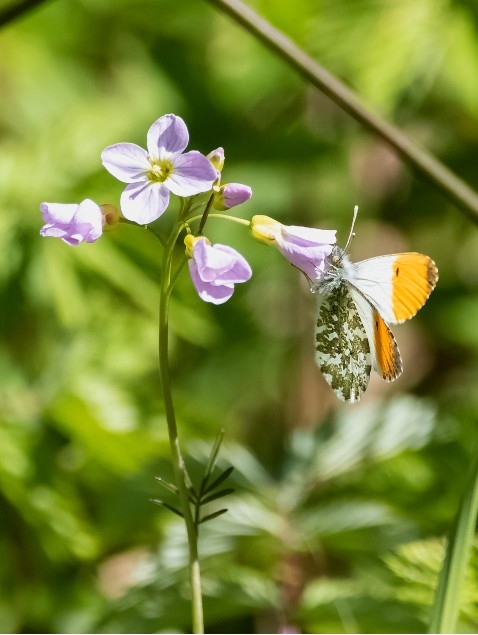
Male orange-tip butterfly on Lady's Smock. Photo credit: Alex Hillier
This year we had a very cold April and few orange-tip butterflies were seen. The vegetation has been slow to grow, meaning that cuckoo-flower is flowering later than normal. Orange-tip butterflies can fly until July however, so hopefully with some warmer weather they will survive to lay their eggs this year.
